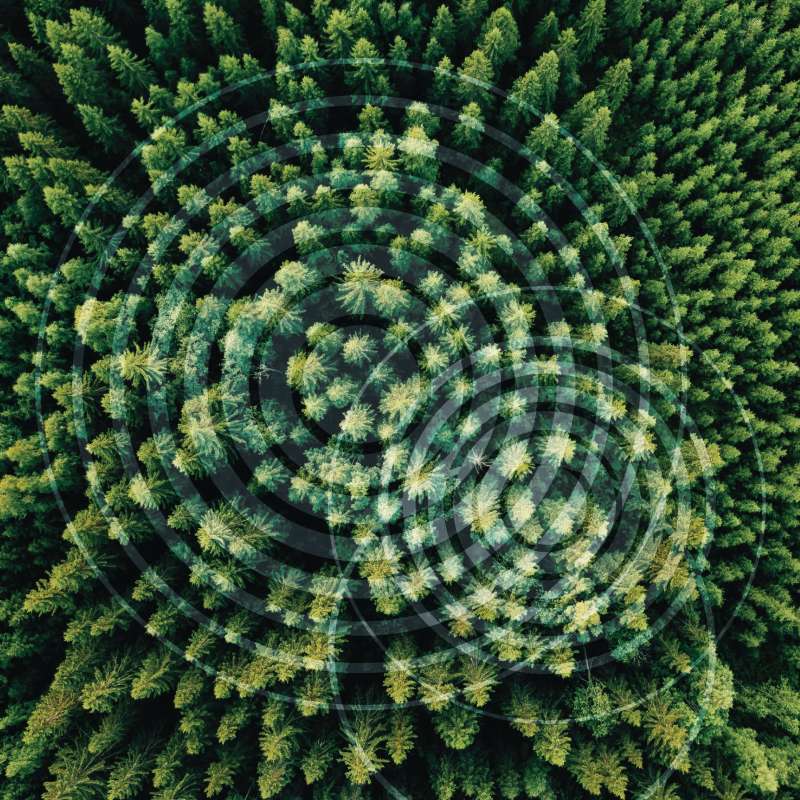Mostafa Hoseini
Research Scientist
Links
Google scholarBiography
Mostafa Hoseini has started his postdoc at NIBIO since October 2022. His education background is in geomatics engineering, and his research and work experience has been mainly in the domain of global navigation satellite systems (GNSS). His tasks in the SmartForest projects revolves around developing sensor solutions to help Norwegian forest sector's digital transformation. Currently, his research in a team effort is focused on RoadSens platform for monitoring and assessment of forest roads.
To document
Authors
Mostafa Hoseini Helle Ross Gobakken Stephan Hoffmann Csongor Horvath Johannes Rahlf Jan Bjerketvedt Stefano Puliti Rasmus AstrupAbstract
No abstract has been registered
Authors
Mostafa Hoseini Helle Ross Gobakken Stephan Hoffmann Csongor Horvath Johannes Rahlf Jan Bjerketvedt Stefano Puliti Rasmus AstrupAbstract
No abstract has been registered
Authors
Helle Ross Gobakken Mostafa Hoseini Stephan Hoffmann Jan Bjerketvedt Johannes Rahlf Rasmus AstrupAbstract
No abstract has been registered

